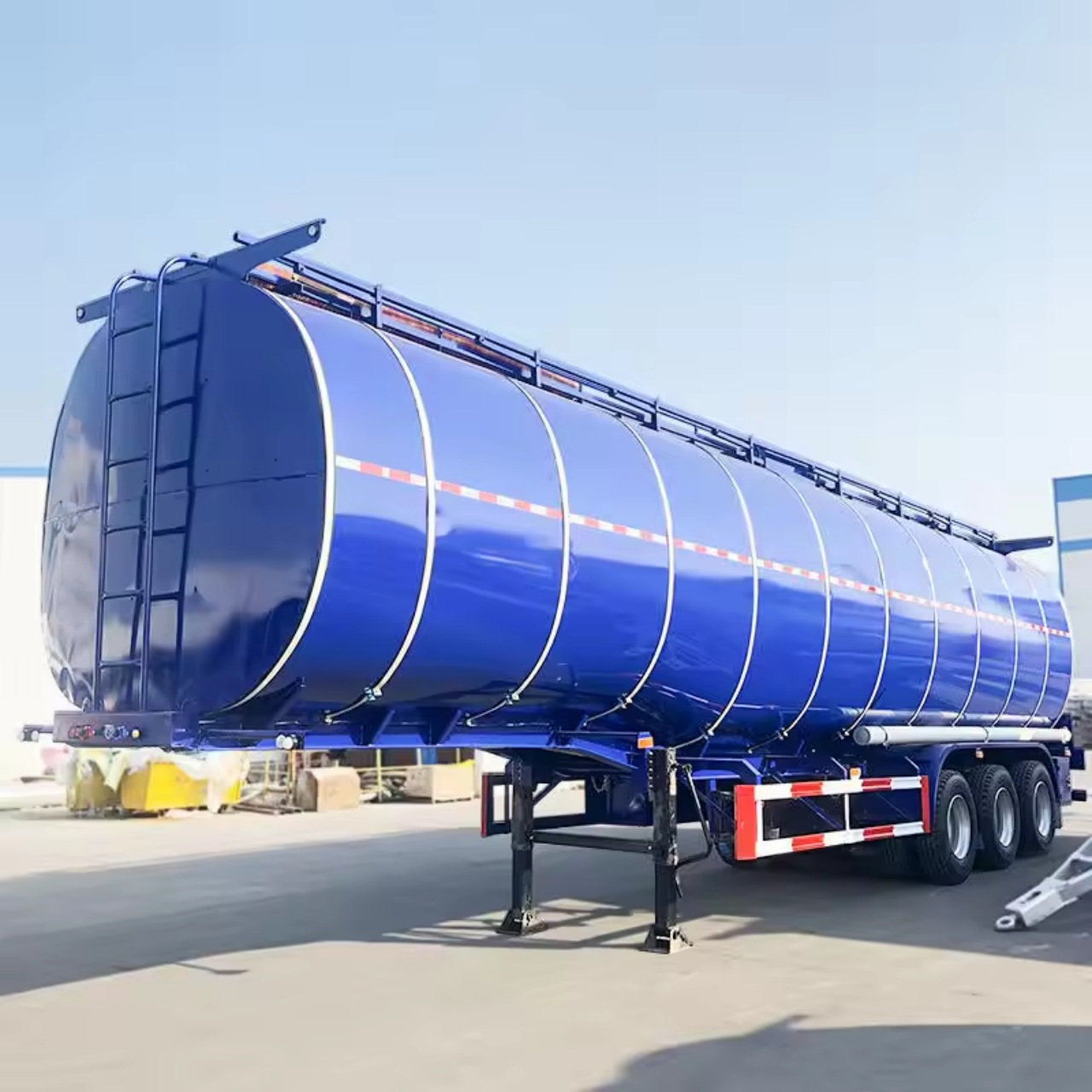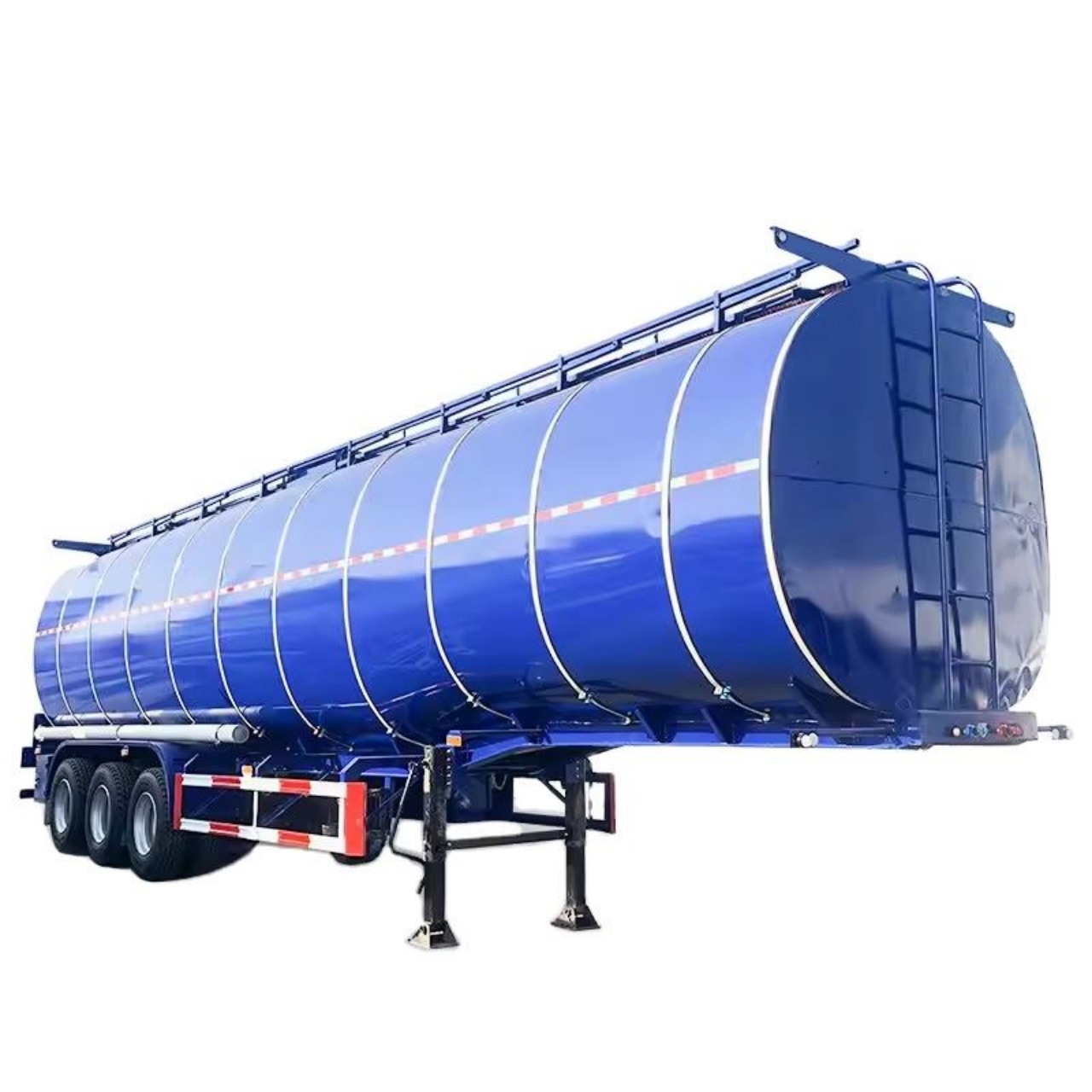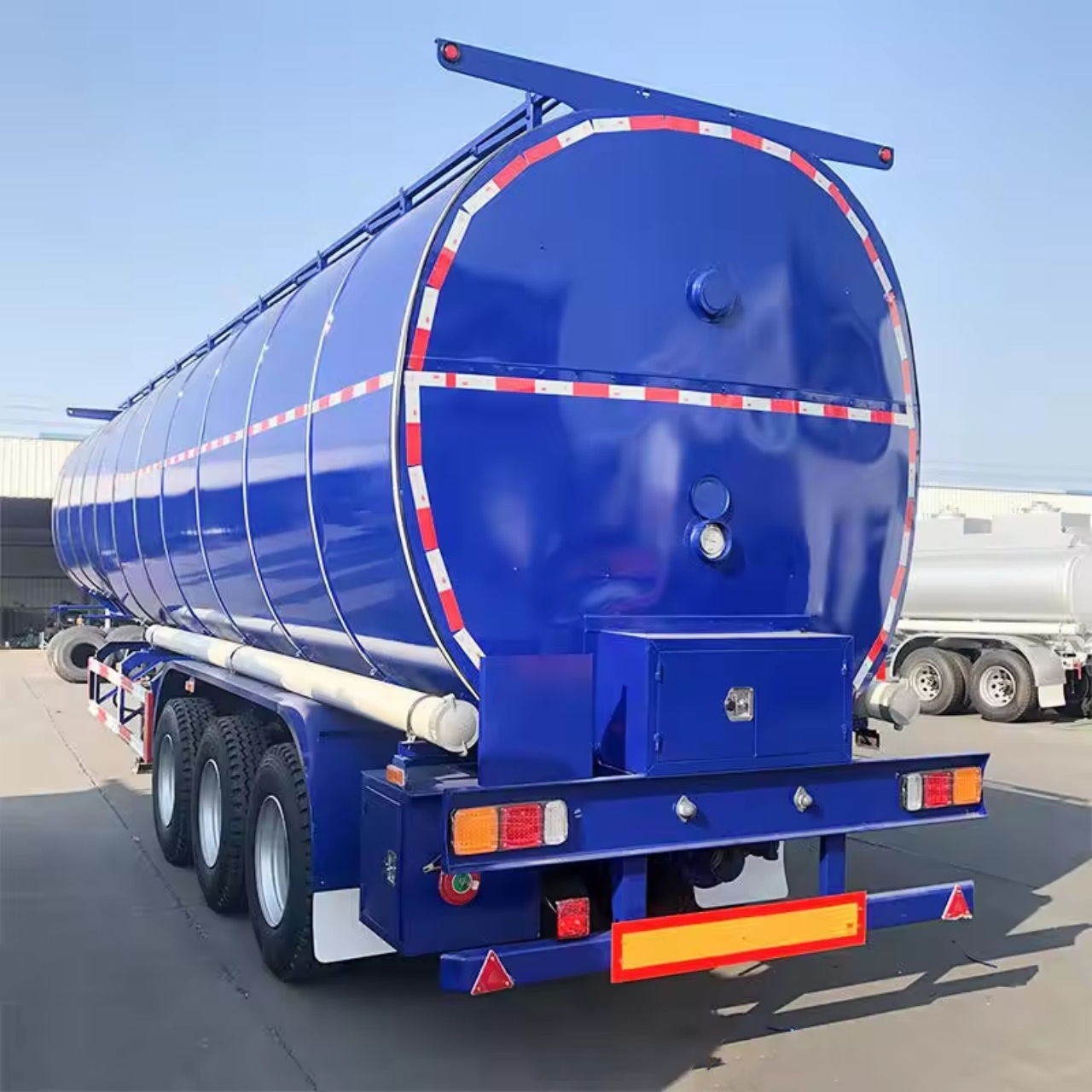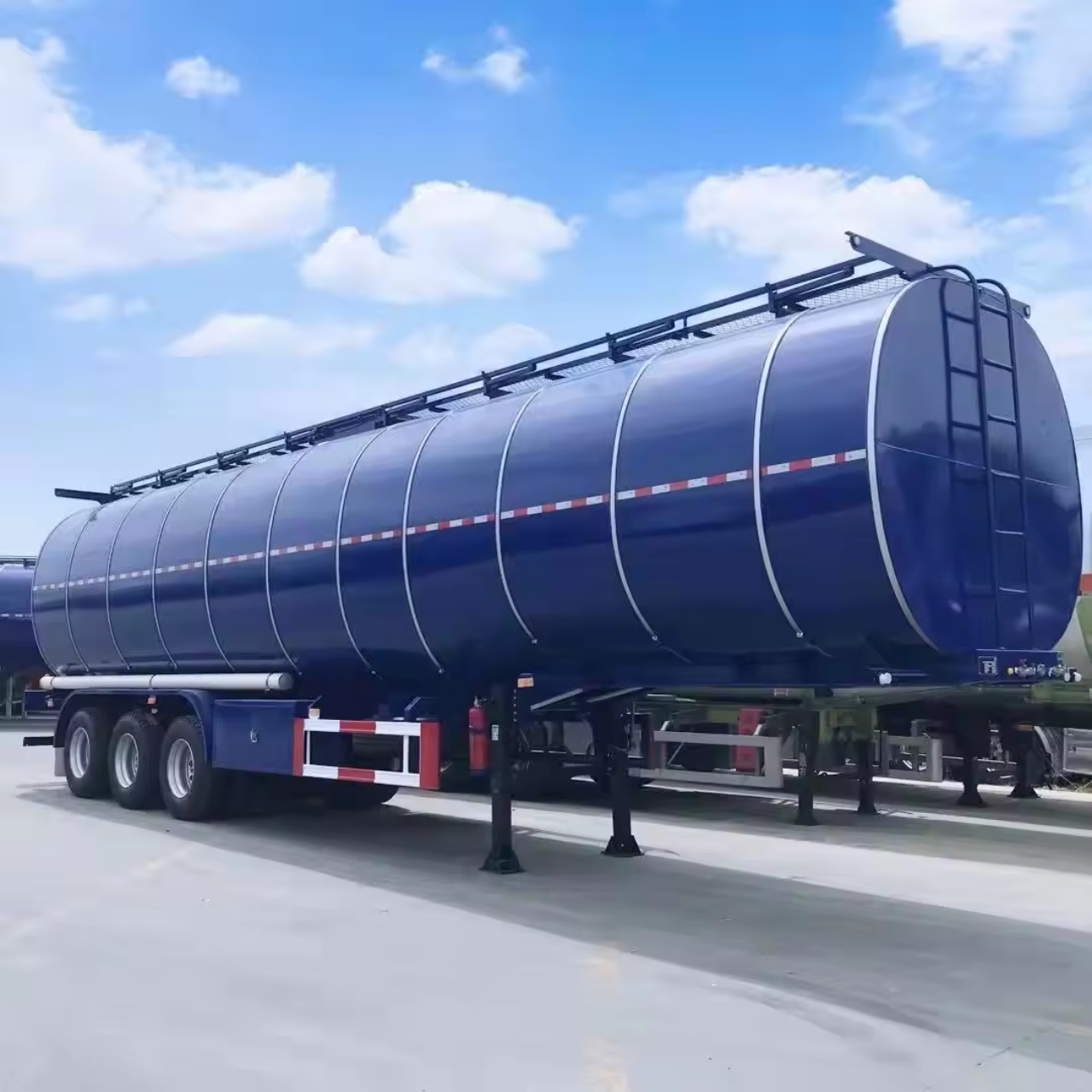The term “semi-trailer” is widely used in the transportation and logistics industry, but many people may not fully understand what it means or why it is called a “semi-trailer.” This article explores the origins, technical aspects, and functional design of semi-trailers to explain how they earned their distinctive name.
Understanding the Basics of a Semi-Trailer
A semi-trailer is a type of trailer that does not have a front axle and is designed to be attached to a tractor unit. Unlike a full trailer, which has both front and rear axles and can stand independently, a semi-trailer relies on the tractor to support a significant portion of its weight.
A semi-trailer typically connects to the tractor via a fifth-wheel coupling, which allows for flexibility and maneuverability. The semi-trailer’s front end rests on the tractor’s rear axles, distributing a portion of its load onto the tractor. This design allows for better weight distribution, stability, and improved fuel efficiency compared to full trailers.

The Etymology of “Semi-Trailer”
The term “semi-trailer” comes from the word “semi,” meaning “half” or “partially.” This designation refers to the fact that a semi-trailer is only partially supported by its wheels, with the remaining support coming from the tractor. In contrast, a full trailer has a complete set of axles at both the front and rear, allowing it to stand alone without external support.
The word “trailer” refers to a non-motorized vehicle that is towed by another vehicle. Since a semi-trailer cannot move independently and requires a tractor to function, it is classified as a type of trailer, albeit with a specialized design.
Historical Development of Semi-Trailers
The concept of the semi-trailer dates back to the late 19th and early 20th centuries. In 1898, Alexander Winton, an American automobile manufacturer, invented an early form of the semi-trailer to transport cars. Winton’s design consisted of a small platform with a set of wheels at the rear and a hitch at the front that connected to a motorized vehicle.
As the trucking industry grew, the demand for efficient freight transportation increased. The semi-trailer design evolved to accommodate heavier loads, longer distances, and greater versatility. Over the decades, manufacturers refined the fifth-wheel coupling system, improved braking mechanisms, and optimized aerodynamics, leading to the modern semi-trailers used today.

Key Characteristics of Semi-Trailers
1. Lack of a Front Axle
Unlike full trailers, semi-trailers do not have a front axle, making them dependent on the tractor for support. This design allows for a more compact turning radius and easier maneuverability.
2. Fifth-Wheel Coupling
The fifth-wheel coupling mechanism connects the semi-trailer to the tractor unit. This pivoting connection provides flexibility, allowing the semi-trailer to move independently while remaining attached to the truck.
3. Weight Distribution
Since a portion of the semi-trailer’s weight rests on the tractor, the overall load is better distributed across multiple axles. This helps improve traction, reduce tire wear, and enhance fuel efficiency.
4. Variety of Configurations
Semi-trailers come in various types, including dry van trailers, refrigerated trailers, flatbeds, tankers, and specialized trailers for transporting specific goods. Each type is designed to meet specific industry needs.
Advantages of Using Semi-Trailers
1. Higher Payload Capacity
Compared to full trailers, semi-trailers can carry heavier loads due to their efficient weight distribution. This makes them ideal for long-haul freight transport.
2. Improved Maneuverability
The absence of a front axle and the use of a fifth-wheel coupling allow semi-trailers to make tighter turns, making them easier to navigate through urban areas and loading docks.
3. Fuel Efficiency
Because semi-trailers distribute weight more evenly, they create less drag and allow for better fuel efficiency compared to full trailers.
4. Versatility
Semi-trailers are used across multiple industries, from agriculture and construction to retail and hazardous material transport. Their adaptability makes them an essential part of global logistics.

Common Types of Semi-Trailers
1. Dry Van Trailers
Enclosed semi-trailers are used for transporting general freight, such as consumer goods, electronics, and textiles.
2. Refrigerated Trailers (Reefers)
Equipped with temperature control systems to transport perishable goods, including food and pharmaceuticals.
3. Flatbed Trailers
Open-deck trailers are used for carrying oversized loads, such as machinery, lumber, and construction materials.
4. Tanker Trailers
Designed for transporting liquids, gases, or bulk dry materials like fuel, chemicals, and grain.
5. Lowboy Trailers
Specialized trailers with a low deck height for carrying heavy equipment, such as bulldozers and industrial machinery.
Differences Between Semi-Trailers and Full Trailers
| Feature | Semi-Trailer | Full Trailer |
|---|---|---|
| Front Axle | No front axle relies on the tractor for support | Has front and rear axles, stands independently |
| Connection | Uses a fifth-wheel coupling | Uses a drawbar hitch |
| Maneuverability | Easier to turn and reverse | More challenging to maneuver |
| Load Distribution | Partially supported by tractor | Fully supported by its axles |
| Common Usage | Long-haul freight transport | Short-distance cargo transport |
The Importance of Semi-Trailers in Modern Transportation
Semi-trailers play a critical role in global trade and logistics. They enable the efficient movement of goods over long distances, reducing transportation costs and ensuring a steady supply chain. As industries continue to evolve, semi-trailers are also adapting to technological advancements such as automation, aerodynamics, and eco-friendly designs.
Innovations like autonomous trucking, electric semi-trailers, and advanced telematics are shaping the future of the transportation industry. These advancements aim to improve safety, efficiency, and sustainability while maintaining the fundamental advantages of the semi-trailer design.

Conclusion
The term “semi-trailer” originates from its unique structural design, which lacks a front axle and relies on a tractor unit for support. This design enhances maneuverability, increases payload capacity, and improves fuel efficiency. From their early invention to their modern applications, semi-trailers have become indispensable to the trucking industry, contributing significantly to global commerce and logistics. Understanding why it is called a semi-trailer provides insight into its functionality, advantages, and role in the transportation sector.

